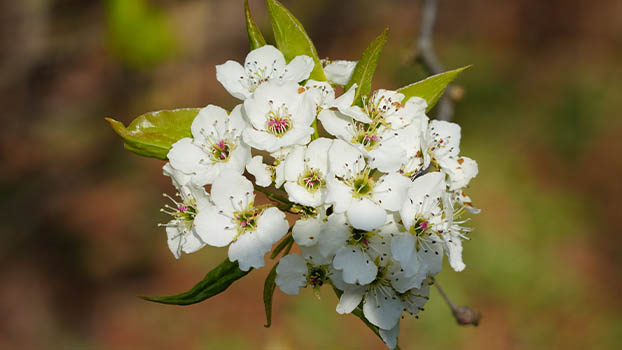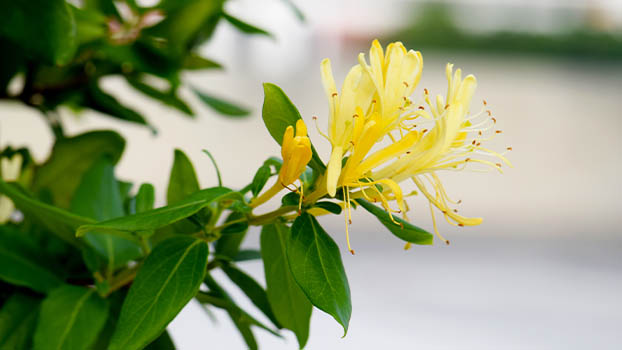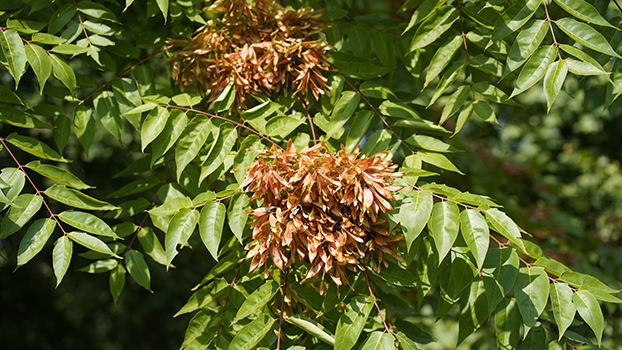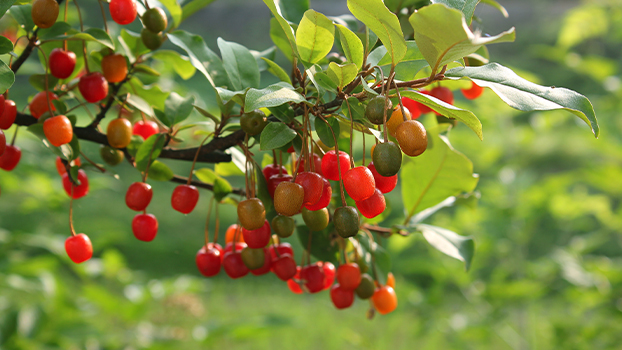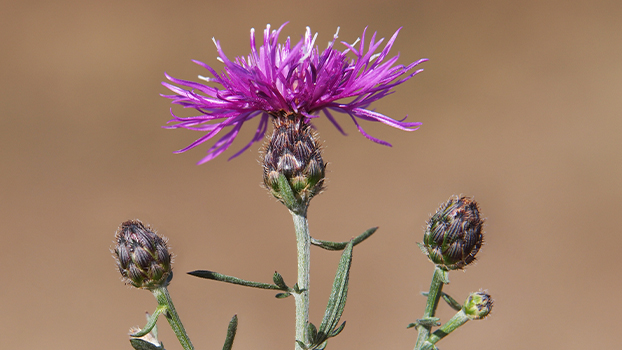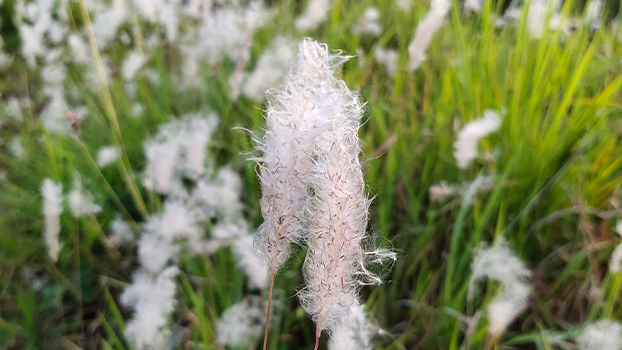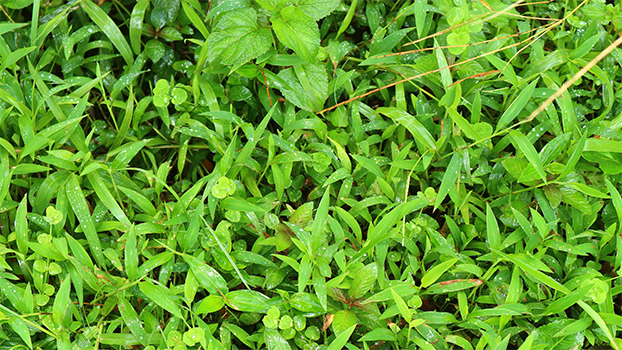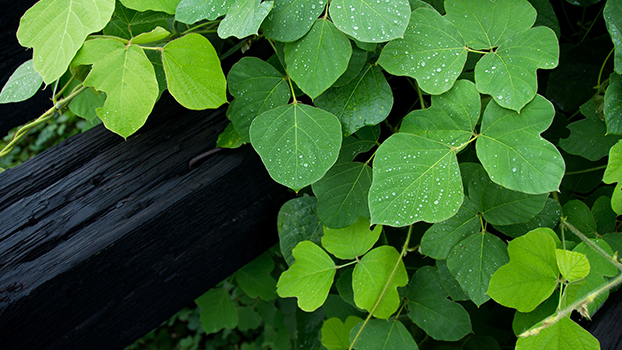Tips on Scouting and Identifying Invasive Plant Species
As a vegetation management professional, you know you can’t wait until something is a problem to fix it. Whether it’s bareground, railways, roadways, utility corridors or municipal land, staying proactive is the key to successful control of unwanted brush, grasses and weeds. Scouting early and often is a must.
Scouting and identifying invasive plants early in the season often makes them easier to deal with before they grow larger with stronger root systems. Here are some common species to look out for:

